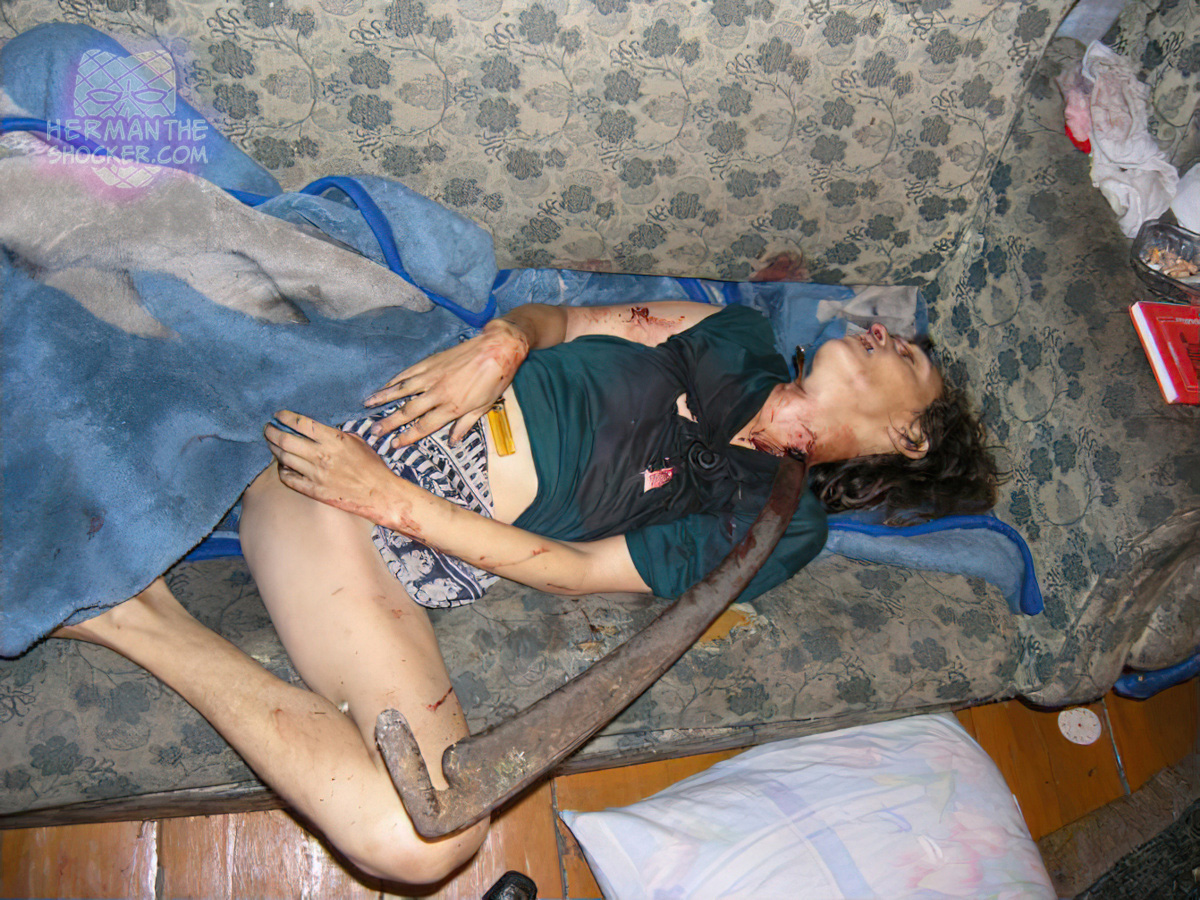Russia. A woman was murdered with a scythe in her home. Homicide involving a scythe presents distinct forensic challenges due to its size, curvature, and sharpness. Scythes cause crescent-shaped, deep lacerations or chopping wounds, often resulting in extensive tissue and bone damage. Autopsy findings focus on wound characteristics—angle, depth, and pattern—to confirm the weapon used and reconstruct the sequence of injuries. At the crime scene, blood spatter analysis can reveal the swing arc and relative positions of the attacker and victim. The scythe’s large size and distinct motion create specific cast-off patterns, aiding event reconstruction. Trace evidence such as blood, tissue, or fibers on the blade, or fingerprints and DNA on the handle, can directly link the weapon to the suspect.
Weapon analysis includes examining the blade for unique wear or striations matching the wounds. Behavioral insights may indicate premeditation (if the scythe was brought) or an opportunistic act (if found nearby). The brutality of the weapon suggests extreme rage or symbolic intent. Challenges include managing environmental contamination in rural settings and distinguishing injuries from other sharp or chopping tools. Forensic integration of injury patterns, weapon examination, and trace evidence is critical for establishing culpability in such rare, violent crimes.
Latest posts








